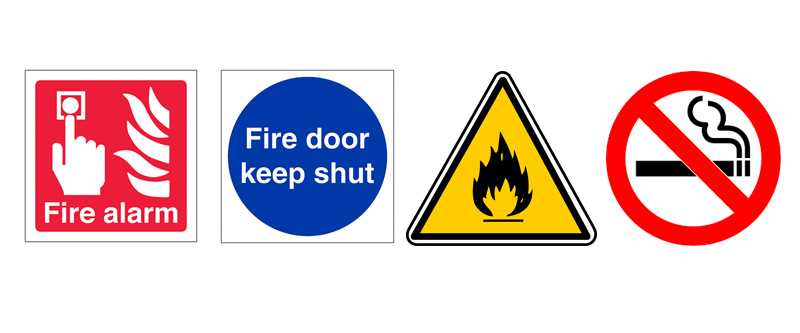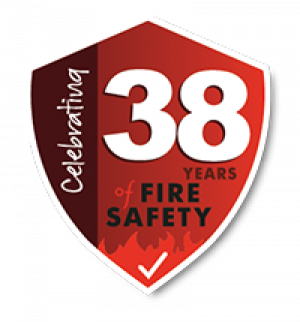Do You Have A Plan In Place If There Is An Emergency?
15th Sep 2020

If you are an employer, owner or occupier of premises that do not constitute a private home it is your responsibility to keep occupants safe should a fire break out. By law, you are required to have a fire emergency plan in place so that people can quickly reach a place of safety.
A fire emergency plan is a written document which explains what actions staff should take if there is a fire in your building, including details of who should call the emergency services and when.
For small premises, this could be a simple Fire Action Notice. This is a fire action sign that all staff and visitors can read and familiarise themselves with.
For larger premises, more detailed procedures should be outlined in a Staff Fire Action Plan. This should include the findings of a fire risk assessment (for example, if some staff are at greater risk due to their workspace or have a disability). A plan of action can then be formulated to include Fire Warden duties and assembly point procedures.
Does the emergency plan have to be formal?
The formality of your emergency plan depends on your specific circumstances. If you answer 'yes' to any of the following, you will need to record the plan:
- Is the environment you are responsible for licensed – for example, a pub, club, theatre, or cinema?
- Are you an employer and do you have five or more employees?
- Have you been served an Alterations Notice under the Fire Safety Order?
A simple emergency plan must show that you have:
- A fire evacuation strategy – employees and fire wardens need to know what they must do if there is a fire.
- Suitable and properly maintained alarms in place.
- A clear understanding of how to call the emergency services and who will do this.
- Suitable and clearly marked escape routes and final exits which are kept clear and viable at all times.
- Emergency doors that open easily, plus emergency lighting where it is needed.
- Provided training so that your employees know their nearest escape route and what to do when the alarm sounds.
- Set out a safe, marked assembly point for staff.
- Considered the needs of anyone who might not be able to escape quickly in the event of a fire – for example, wheelchair users or people with visual impairments.




